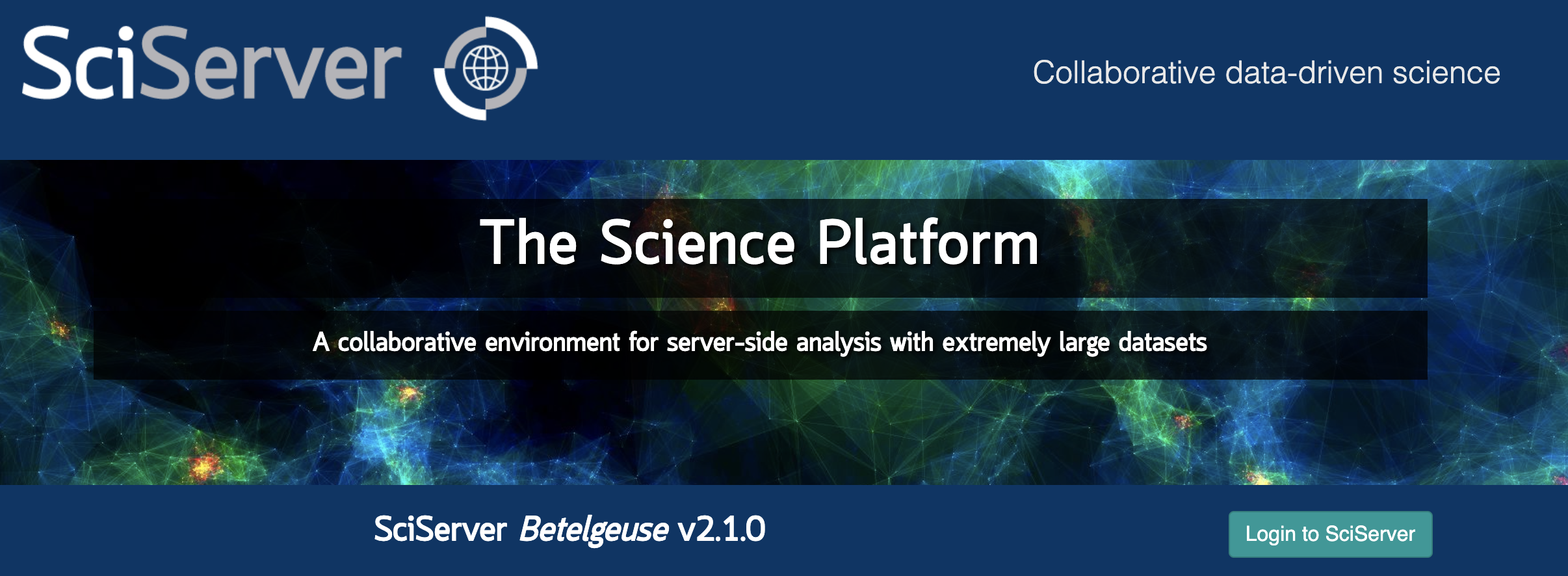

Positions from one night can be approximately extrapolated to future (or past) nights. The motion vector makes the linking problem much easier because However, with two detections per night, the motion Typical asteroid motionĭuring several days is larger (of the order a degree or more) and thus, without additional information,ĭetections of individual objects are “scrambled”.
%20copy.jpg)
LSST, is a few arcminutes (object counts are dominated by main-belt asteroids). The typical distance between two nearby asteroids on the Ecliptic, at the faint fluxes probed by Observations per night is to help association of observations of the same object from different nights,Īs follows. Objects is predicated on two observations of the same field per night, spaced by a few tens of minutes, andĪ revisit of the same field with another pair of observations within a few days. The LSST baseline strategy for discovering Solar System (Mainzer et al., 2012 Harris & D’Abramo, 2015 Granvik et al., 2016 Schunová-Lilly et al., 2017), with just over 7,500 currently known.įor a compendium of additional information about NEOs and PHAs and an up-to-date summary ofĭiscovery progress, see NASA’s CNEO webpage 2 2 2. It is estimated that there are approximately 30,000 such objects Would catalog 90% of NEOs with diameters larger than 140 meters by 2020 (known as the GeorgeĮ. Near-Earth Object Survey Act NASA to implement a NEO survey that Congressĭirected 1 1 1National Aeronautics and Space Administration Authorization Act of 2005 (Public Law 109-155), January 4, 2005, Section 321, George E. In order to improve the quantitative understanding of this hazard, in December 2005 the U.S.

These objects that pass within 0.05 AU of Earth’s orbit are termed potentially hazardous asteroids (PHAs). Orbital perturbations with time scales of a century can lead to intersections and the possibility of collision. About 20% of this near-Earth Object (NEO) population pass sufficiently close to Earth orbit such that Jupiter still occur, and occasionally eject objects on orbits that may place them on a collision course Collisions in the main asteroid belt between Mars and The small-body populations in the Solar System, such as asteroids, trans-Neptunian objects (TNOs)Īnd comets, are remnants of its early assembly. This equates to reducing the undiscovered population of PHAs by additional 26% (15% for NEOs), relative to the baseline survey. In particular, we find that extending the LSST survey by two additional years and doubling the MOPS search window increases the completeness for PHAs to 86% (including those discovered by contemporaneous surveys) without jeopardizing other LSST science goals (77% for NEOs). By generating and examining variations on the baseline survey strategy, we show it is possible to further improve the discovery yields.

We find that LSST alone, using its baseline survey strategy, will detect 66% of the PHA and 61% of the NEO population objects brighter than H = 22, with the uncertainty in the estimate of ± 5 percentage points. We proceed to evaluate the performance of the LSST baseline survey strategy for PHAs and NEOs using a high-fidelity simulated survey pointing history. We show that this rate is already tractable with current prototype of the LSST Moving Object Processing System (MOPS) by processing a 30-day simulation consistent with measured false detection rates.
MAF LSST ASTROMETRY SOFTWARE
We empirically estimate an expected upper limit to the false detection rate in LSST image differencing, using measurements on DECam data and prototype LSST software and find it to be about 450 deg − 2. Using the most recent prototypes, design, and as-built system information, we test and quantify the capability of the Large Synoptic Survey Telescope (LSST) to discover Potentially Hazardous Asteroids (PHAs) and Near-Earth Objects (NEOs).


 0 kommentar(er)
0 kommentar(er)
